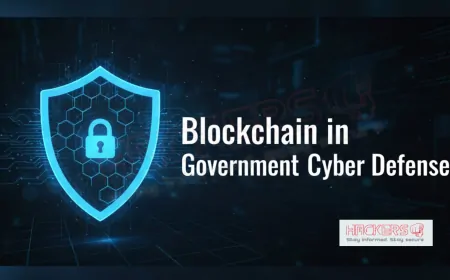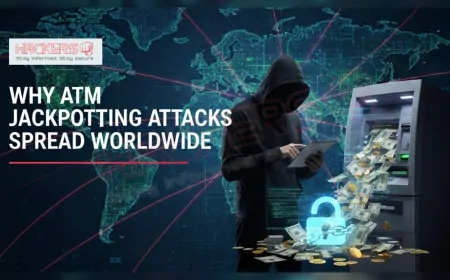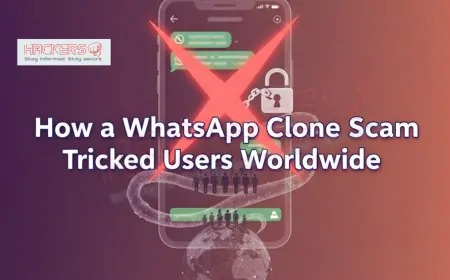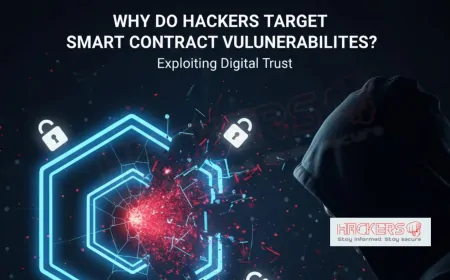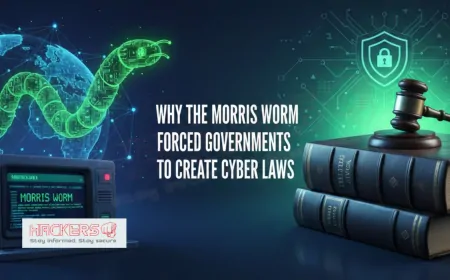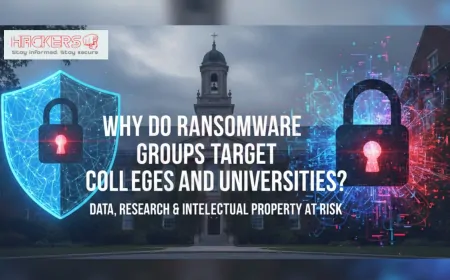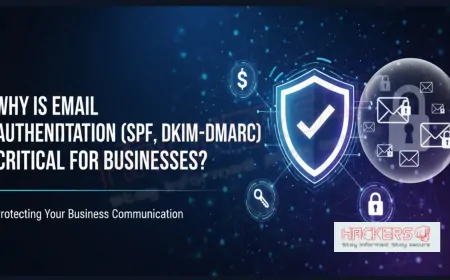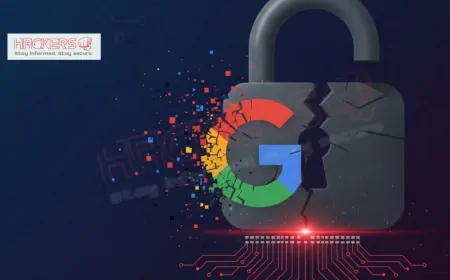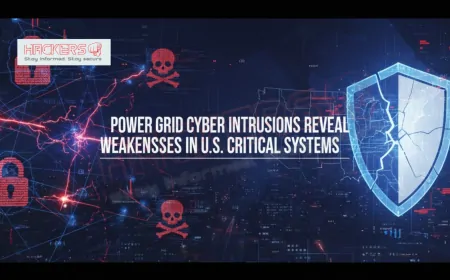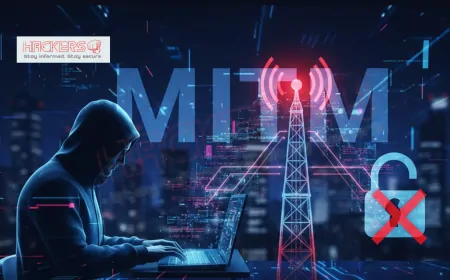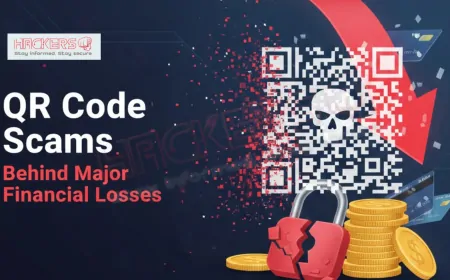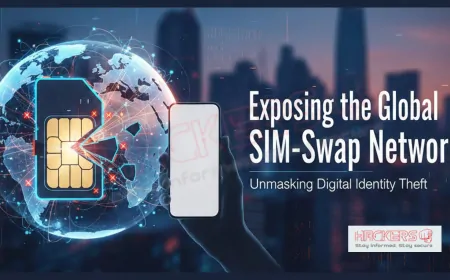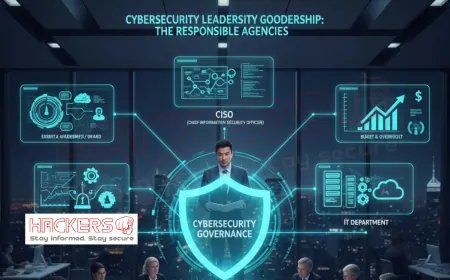What Are the Hidden Dangers of Using Public Wi-Fi Networks?
You're at your favorite coffee shop, sipping a latte and catching up on emails. The free Wi-Fi seems like a convenient perk, letting you work without using up your data plan. But as you connect, you might not realize you're stepping into a digital minefield. In 2025, public Wi-Fi networks are everywhere: in cafes, airports, hotels, and even parks. They offer easy access to the internet, but they come with risks that aren't always obvious. Cybercriminals lurk on these networks, ready to steal your personal information, infect your device with malware, or even spy on your online activities. Recent reports show that cybercrime has surged, with attacks on unsecured networks up by over 300 percent in the past decade. For everyday users, this can mean anything from drained bank accounts to identity theft. But don't worry: knowledge is your best defense. In this blog post, we'll uncover the hidden dangers of public Wi-Fi, explain how they work in simple terms, and share practical tips to stay safe. Whether you're a remote worker, a traveler, or just someone who likes browsing on the go, understanding these threats can help you protect yourself in our increasingly connected world.

Table of Contents
- What Is Public Wi-Fi and Why Is It Popular?
- Common Hidden Dangers of Public Wi-Fi
- How Hackers Exploit These Networks
- Real-World Examples of Public Wi-Fi Attacks
- The Impacts on Users and Businesses
- How to Stay Safe on Public Wi-Fi
- Risks and Mitigations Table
- Conclusion
- Frequently Asked Questions
What Is Public Wi-Fi and Why Is It Popular?
Public Wi-Fi refers to wireless internet access provided in public places, often for free or with minimal requirements like agreeing to terms. You'll find it in coffee shops, libraries, airports, hotels, and even on public transportation. These networks are set up to let multiple users connect at once, making them convenient for people on the move.
Why is it so popular? In 2025, with remote work on the rise, many people rely on public Wi-Fi to stay productive outside the office or home. It's also a lifesaver for travelers who need to check maps, book rides, or stay in touch without racking up data charges. Businesses offer it to attract customers: think about how a cafe's free Wi-Fi might keep you there longer, buying more drinks.
But popularity comes with problems. These networks are often set up with cost in mind, not security. Many use basic routers that lack strong protections, making them easy targets for hackers. Unlike your home network, where you control the settings, public Wi-Fi is open to anyone, including those with bad intentions. This openness is what creates the hidden dangers we'll explore next.
Understanding the appeal helps explain why so many fall victim. Convenience often trumps caution, but as we'll see, the risks can outweigh the benefits if you're not prepared.
Common Hidden Dangers of Public Wi-Fi
Public Wi-Fi might seem harmless, but several threats lurk beneath the surface. Let's break them down one by one, explaining each in simple terms.
First, unencrypted networks. Many public hotspots don't use encryption, which is like a secret code that scrambles your data. Without it, anyone on the same network can see what you're sending or receiving, including passwords or credit card numbers. In 2025, while more networks use some protection, plenty still don't, especially in smaller spots.
Second, man-in-the-middle attacks. Here, a hacker positions themselves between you and the website you're visiting. They can intercept, read, or even alter your data. For example, you think you're logging into your bank, but the hacker is secretly capturing your details. This is common on public networks because they're easy to monitor.
Third, rogue hotspots or evil twins. Hackers set up fake Wi-Fi networks that look like legitimate ones, such as "CoffeeShop_Free" instead of "CoffeeShop WiFi." When you connect, all your traffic goes through their system, allowing them to steal information. These are hard to spot because they mimic real names.
Fourth, malware distribution. Public networks are breeding grounds for viruses and other harmful software. Hackers can inject malware into your device through unsecured connections, leading to data theft or device control. Reports indicate that malware risks are high on these networks.
Fifth, session hijacking. This involves stealing your login session after you've connected to a site. Hackers can take over your accounts without needing your password, posting or buying on your behalf.
Sixth, DNS spoofing. DNS is like the internet's phone book, translating website names to addresses. Hackers can redirect you to fake sites that look real, tricking you into entering sensitive info.
Seventh, eavesdropping or packet sniffing. Tools let hackers capture data packets traveling over the network. On unencrypted Wi-Fi, this reveals everything from emails to chats.
Eighth, compromised routers. Sometimes, the network itself is hacked. Default settings on routers allow easy access, letting cybercriminals plant malware or spy.
Ninth, IoT vulnerabilities. If you're connecting smart devices, like watches or earbuds, they might have weak security, opening doors for attacks.
Tenth, leaks from VPNs or other tools. Even if you use protection, low-quality VPNs can leak data, especially on public networks.
These dangers show how a simple connection can lead to big problems. Knowing them is crucial for staying alert.
How Hackers Exploit These Networks
Hackers are clever, using tools and tricks to take advantage of public Wi-Fi's weaknesses. Let's look at their methods in more detail.
They start by scanning for networks. Using software, they find open hotspots and monitor traffic. This lets them see who's connected and what data is flowing.
For man-in-the-middle, they use tools like packet sniffers to intercept data. On unencrypted networks, it's like listening to a conversation in a crowded room.
Creating rogue hotspots is straightforward. Hackers set up a device that broadcasts a fake signal. Your phone might auto-connect if it matches a saved name, handing over your data.
Malware injection happens through fake updates or downloads. Hackers can alter network traffic to push harmful files, or use drive-by downloads where visiting a site infects your device.
Session hijacking involves stealing cookies, small files that keep you logged in. Tools capture these, letting hackers impersonate you.
DNS spoofing changes the network's DNS settings, redirecting you to phony sites. This is common in evil twin setups.
Eavesdropping uses free software to capture packets. Advanced hackers decrypt some data, but even basic info is valuable.
For compromised routers, hackers exploit default passwords or known vulnerabilities. Once in, they control the network.
In 2025, AI helps automate these exploits, making attacks more efficient. Hackers also use social engineering, posting fake warnings to trick you into connecting to their network.
These exploits show the creativity of cybercriminals. But with awareness, you can spot and avoid them.
Real-World Examples of Public Wi-Fi Attacks
To bring these dangers home, let's examine some actual incidents from recent years, including trends into 2025.
One high-profile case involved a major coffee chain's Wi-Fi. Hackers set up evil twins in stores, stealing customer data. Victims lost money through fraudulent charges, highlighting rogue hotspot risks.
In airports, man-in-the-middle attacks have targeted travelers. Hackers intercepted emails and logins, leading to account takeovers. One report noted thousands affected in a single hub.
A 2025 incident at a hotel chain saw compromised routers. Guests' devices were infected with malware, resulting in data theft. The chain faced lawsuits for poor security.
Malware distribution hit a public library network. Users downloading files got viruses, spreading to home devices. This showed how public Wi-Fi can be a vector for wider infections.
Session hijacking occurred in a park's free Wi-Fi. Hackers stole shopping sessions, making purchases with saved cards.
DNS spoofing tricked users into fake banking sites at cafes, capturing credentials. Losses ran into millions globally.
Eavesdropping at conferences exposed business secrets. Attendees on open Wi-Fi had emails intercepted.
IoT attacks targeted smart devices on public networks, turning them into bots for larger hacks.
VPN leaks in 2025 affected users thinking they were safe. Low-quality services exposed IPs, leading to targeted phishing.
These examples illustrate the real costs. They remind us that threats are not abstract: they affect everyday people.
The Impacts on Users and Businesses
The consequences of public Wi-Fi dangers extend far beyond a single incident. For individuals, financial loss is common: stolen card details lead to unauthorized charges. Identity theft follows, with hackers using data for loans or crimes in your name. Recovery involves time-consuming disputes and credit monitoring.
Privacy breaches cause emotional distress. Exposed personal info can lead to stalking or harassment. In severe cases, it affects mental health.
Device infection means malware spreading to other gadgets, requiring costly repairs or data loss.
For businesses, reputational damage is huge. If customers are hacked on your Wi-Fi, trust erodes. Legal liabilities arise from poor security, with fines under data protection laws.
Operational disruptions occur if employees fall victim while working remotely. Lost productivity and recovery costs add up. In 2025, average breach costs are $4.44 million for companies.
Broader societal impacts include increased cybercrime rates, straining law enforcement. Vulnerable groups, like seniors, suffer more.
These impacts underscore the need for caution. Prevention saves money, time, and stress.
How to Stay Safe on Public Wi-Fi
Staying safe doesn't mean avoiding public Wi-Fi altogether: smart habits can minimize risks.
Use a VPN: This creates a secure tunnel for your data, encrypting it so hackers can't read it. Choose reputable ones; free versions might leak data.
Avoid sensitive activities: Don't bank or shop on public networks. Use mobile data for those.
Verify the network: Ask staff for the official name. Avoid ones without passwords.
Disable auto-connect: Prevent your device from joining unknown networks automatically.
Use HTTPS: Look for the lock icon in browsers. Extensions force HTTPS on sites.
Keep software updated: Patches fix vulnerabilities hackers exploit.
Enable firewall: This blocks unauthorized access to your device.
Use antivirus: It detects malware and phishing attempts.
Clear cache and history: Before connecting, remove stored data that could be intercepted.
Turn off sharing: Disable file sharing or AirDrop to prevent unwanted access.
For businesses offering Wi-Fi: Use secure routers, separate guest networks, and monitor for threats.
These steps make public Wi-Fi safer. Consistency builds good habits.
Risks and Mitigations Table
To help you visualize, here's a table outlining key risks and how to mitigate them:
| Risk | Description | Mitigation |
|---|---|---|
| Unencrypted Networks | Data visible to others | Use VPN for encryption |
| Man-in-the-Middle | Intercepted data | HTTPS and VPN |
| Rogue Hotspots | Fake networks | Verify with staff |
| Malware | Infected devices | Antivirus and updates |
| Session Hijacking | Stolen logins | Log out after use |
| DNS Spoofing | Redirected to fakes | VPN with DNS protection |
This table serves as a handy reference. Print it or save it for reminders.
Conclusion
Public Wi-Fi offers convenience, but its hidden dangers, like unencrypted data, rogue hotspots, and malware, pose serious threats in 2025. We've explored what these networks are, the common risks, how hackers exploit them, real examples, impacts, and ways to stay safe. By using VPNs, avoiding sensitive tasks, and staying vigilant, you can minimize these dangers. Remember, a little caution goes a long way in protecting your digital life. Review your habits today, and enjoy the benefits of connectivity without the risks.
What is public Wi-Fi?
Public Wi-Fi is wireless internet access provided in places like cafes or airports, often for free.
Why is public Wi-Fi dangerous?
It often lacks strong security, making it easy for hackers to steal data.
What is a man-in-the-middle attack?
It's when a hacker intercepts your data between you and a website.
How do rogue hotspots work?
Hackers create fake networks that mimic real ones to capture your information.
What is malware?
Malware is harmful software that can infect your device and steal data.
Can I bank on public Wi-Fi?
No, it's risky; use mobile data or a secure connection instead.
What is encryption?
Encryption scrambles your data so only authorized people can read it.
How does a VPN help?
A VPN encrypts your connection, protecting data on public networks.
What is session hijacking?
It's stealing your login session to access accounts without passwords.
Are hotel Wi-Fi networks safe?
They can be risky due to weak security; use a VPN.
What is DNS spoofing?
It's redirecting you to fake websites to steal information.
How can I spot fake hotspots?
Ask staff for the official name and check for passwords.
What is eavesdropping?
It's capturing your data packets over the network.
Should I disable auto-connect?
Yes, to avoid joining unknown networks automatically.
What are IoT vulnerabilities?
Smart devices with weak security can be hacked on public Wi-Fi.
Do free VPNs work?
They might, but paid ones are more reliable and secure.
What is a compromised router?
It's a network device hacked to spy or infect users.
How often do attacks happen?
Cybercrime on public networks has increased 300 percent in a decade.
What is 2FA?
Two-factor authentication adds extra verification to logins.
Can I use public Wi-Fi safely?
Yes, with precautions like VPNs and avoiding sensitive tasks.
What's Your Reaction?










